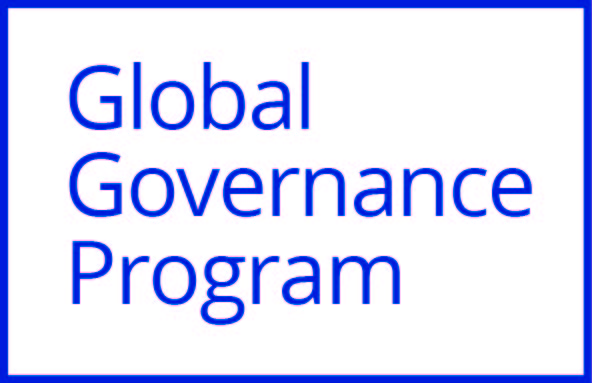
Global Governance Program
Including the G7 Research Group, G20 Research Group,
BRICS Research Group and the Global Health Diplomacy Program

 |
Global Governance Program |
 |
Innovation for Environmental Protection from Hangzhou to Hefei
John Kirton, Co-director, G20 Research Group
in Hefei, Anhui Province, China
November 17, 2016
"Green mountains and clean water are as good as gold and silver." So said Chinese president Xi Jinping to the Business 20 leaders, just before opening his historic G20 summit in Hangzhou on September 4, 2016. In voicing these wise words, Xi could well have had Hefei and all of Anhui Province in mind, for here its lush, beautiful, natural environment is inspiring its people to produce the products and services that they and all of China and the world need to bring Xi's vision of an ecological civilization to life.
 One case is the USTC Institute of Advanced Technology, with an experimental device for air quality monitoring currently under development. A second is the Anhui Jianghai Automobile Company Limited, whose electric cars are a substantial part of its production of 3,000 vehicles each year. A third case is the Hefei Institute for Public Safety Research of Tsinghua University, with its focus on forest protection and responses to forest fires and flooding. United these efforts is Hefei's municipal government committed to creating an ecological civilization in Hefei and Anhui.
One case is the USTC Institute of Advanced Technology, with an experimental device for air quality monitoring currently under development. A second is the Anhui Jianghai Automobile Company Limited, whose electric cars are a substantial part of its production of 3,000 vehicles each year. A third case is the Hefei Institute for Public Safety Research of Tsinghua University, with its focus on forest protection and responses to forest fires and flooding. United these efforts is Hefei's municipal government committed to creating an ecological civilization in Hefei and Anhui.
Despite Anhui's leadership in ecological and energy innovation, there is much more for it — the rest of China and the world — to do to urgently control the critical threat of climate change. Yet from the political summit of Hangzhou to the physical summit of the Yellow Mountain in Anhui, China is serving as an innovative inspiration of what can and must be done.
.
|
This Information System is provided by the University of Toronto Library |
All contents copyright © 2026. University of Toronto unless otherwise stated. All rights reserved.